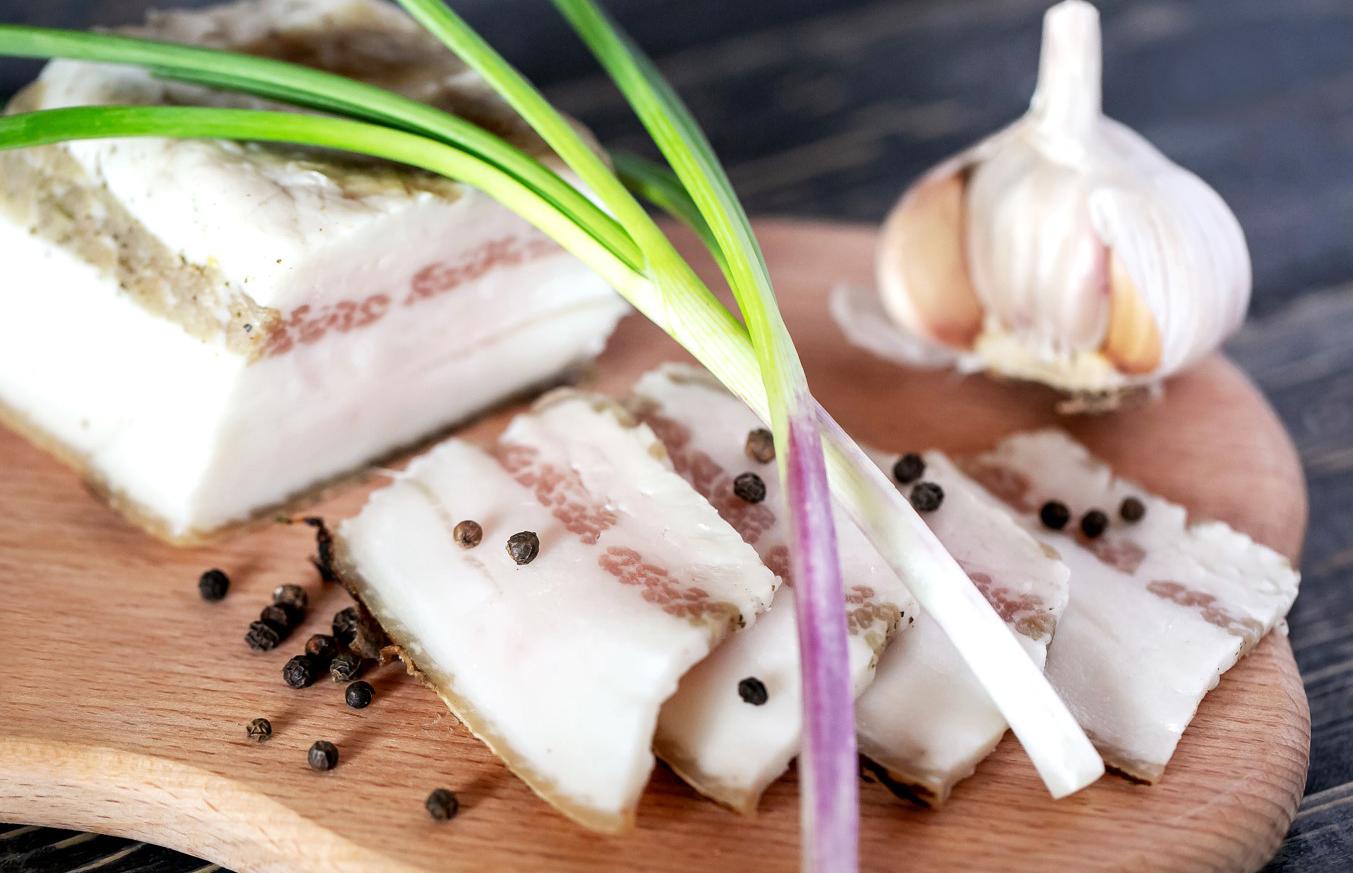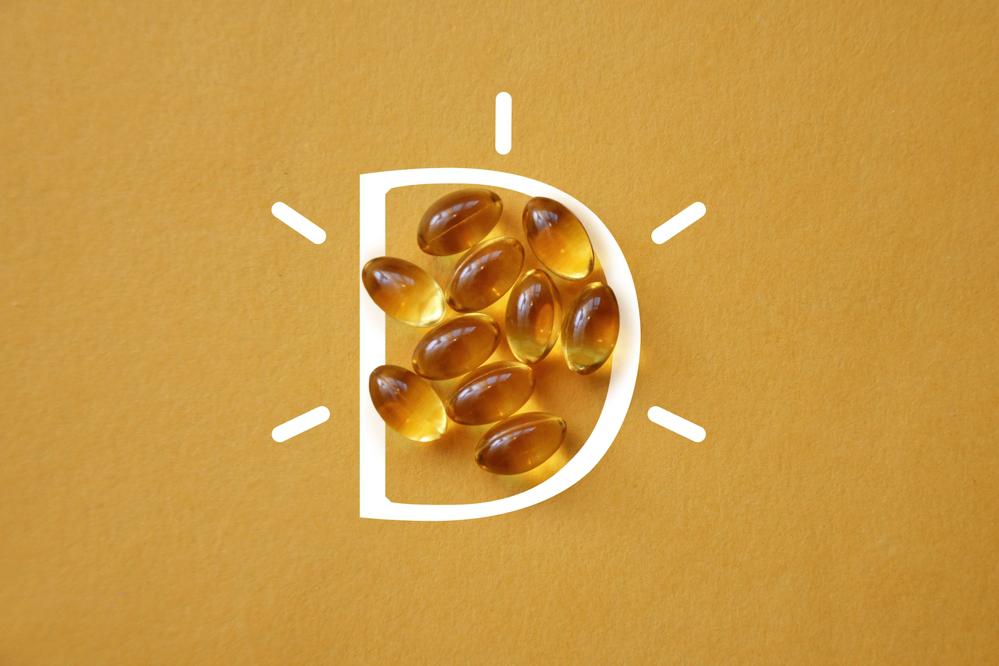
The benefits and harms of lard, which one to choose and how to store it, doctor’s advice and manufacturer’s recipes – everything about lard in this material.
- What is this
- Calorie content
- Benefit
- Harm
- How to eat and choose
- Recipes
- Expert commentary
Victoria Eliseeva, nutritionist, endocrinologist of the Semeynaya network of clinics;
Elena Ostrovskaya, endocrinologist, specialist in preventive and anti-aging medicine at the European Medical Center (EMC);
Olesya Tereshchenko, coach, nutritionist, CEO of the Simply Health wellness concierge;
Artem Gasparyan (Stavropol), head of the family production of basturma and sujuk, lard products and raw smoked meat products, farmer of the online aggregator and delivery service for farm products “Eat Rural”.
What is lard
Lard means only pork fat, and from the point of view of the product – the piece of lard itself – it can be side, back, abdominal, flank
Lard is the hard subcutaneous fat of pork. Rrendered pork fat, which is filtered until a smooth white mass is obtained, is called lard. It can be eaten as a snack or spread on bread. Lard is a main ingredient in some regional cuisines. It is often used in Latin American dishes such as refried beans, tamales and empanadas. High-quality lard has a delicate taste and melts in your mouth. You can fry on it, as well as add melted lard to baked goods, smoke, stew and even boil. Salted and smoked lard is called lard (from the German Speck).
Lard was first mentioned in the description of the meal of the Khazar Khan of the 7th century. Later, in the 19th century, it was specially prepared in Smolensk, Novgorod, Tver and other regions of Europe for export.

Fat calories and nutritional value
Lard is primarily a source of fat. In one tablespoon of product (1):
- Calorie content — 115 kcal;
- Fats – 12.8 g;
- Carbohydrates — 0 years;
- Choline — 6.4 mg;
- Zinc — 0.01 mg;
- Selenium – 0.02 mg;
- Vitamin E — 0.07 mg;
- Vitamin D (D2 + D3) — from 13.1 ME.

What are the benefits of lard: 4 properties

Lard is one of the best sources of vitamin D, a nutrient that most people living in northern regions are deficient in today.
Many people try to exclude fatty foods from their diet, forgetting that fats can be both harmful and beneficial. Unsaturated fats are essential for health and help protect the body from chronic diseases, while saturated fats are associated with a higher risk of cardiovascular problems.
Most fat-containing foods are not made from just one type of fat, but are a mixture of unsaturated and saturated fats. For example, one tablespoon of lard contains (2):
- 5 g saturated fat;
- 5.8 g monounsaturated fat;
- 1.4 g polyunsaturated fat.
For comparison: one tablespoon butter contains (3):
- 7.2 g saturated fat;
- 3 g monounsaturated fat;
- 0.4 g polyunsaturated fat.
A spoonful of olive oil contains (4):
- 1.9 g saturated fat;
- 9.9 g monounsaturated fat;
- 1.4 g polyunsaturated fat.
Lard has less saturated fat than butter, but more than olive oil. Pork fat is valued as a source of choline and vitamin D, which is quite complex get from food.
1. Source of healthy fats
Fats are essential for the body, they provide energy and help absorb vitamins. (5). Because fats are digested more slowly, eating them along with carbohydrates prevents your sugar levels from spiking.
According to the content of monounsaturated fatty acids (48%) lard is second only to olive oil (77%). These fats help lower blood cholesterol and maintain healthy cells. Consuming the main monounsaturated fat in lard, oleic acid, reduces the risk of depression. (6).
According to WHO recommendations, the maximum allowable amount of fat in the diet is 30% (7). Saturated fats should make up no more than 10% of this figure, and trans fats should make up less than 1%. Rospotrebnadzor also believes that fats can and should be eaten (8). The main thing is to choose healthy and high-quality products.
Olesya Tereshchenko notesthat lard alternatives include lard, avocado oil and olive oil: “These substitutes vary in fat composition, with some offering higher levels of unsaturated fat. Although vegetable fats are generally healthier, they do not provide the same cooking qualities as lard—they cannot imitate its texture and characteristic taste.”
2. Contains a lot of vitamin D
Salo is one of the best sources of vitamin D, a nutrient that most people living in northern regions lack today. Vitamin D levels may decrease, especially in winter. Lack of sun affects your mood, immunity and long-term health.
Because vitamin D plays a role in regulating calcium and phosphorus metabolism, it is also essential for bone health. Adequate levels of this substance in the body reduce the risk of developing cancer, autoimmune, cardiovascular and infectious diseases (9).
Research shows it’s better to get lard from pasture-raised pigs (10) (11). It contains much more vitamin D than fat from animals that were kept in pens. Getting enough of this vitamin from other foods is challenging, especially for vegetarians: mushrooms, which contain about 21 IU, are the only plant-based source of vitamin D. Cooking with lard is one of the best ways to ensure high levels of this vitamin.
3. Has a high smoke point
Unlike most vegetable oils, which should not be used for cooking at high temperatures, lard does not oxidize during frying. Lard has a very high smoke point – 190 °C. This means you can safely use it for frying, sautéing and baking without worrying about your food burning or oxidizing.
4. Rich in choline
Choline is an essential nutrient that is rarely found in food in large quantities (eleven). Low levels of this substance are associated with an increased risk of cardiovascular disease and Alzheimer’s disease. Choline helps remove cholesterol and very low-density lipoproteins from the liver, and its deficiency can lead to fat accumulation in the body.
In addition to lard, choline is also found in some other products: the champions for its content are considered eggs, chicken, broccoli and cauliflower.
Worth the fat

Because lard is high in calories and fat, consuming it in excess can contribute to weight gain and obesity.
Excessive consumption of lard leads to an excess of saturated fat in the diet, which is associated with weight gain, high blood cholesterol, heart disease and stroke.
Lard, like any other food product, in unlimited quantities may have certain contraindications and carry potential health risks, especially if consumed in excess, warns Olesya Tereshchenko:
- Lard contains significant amounts of saturated fat, which can increase the level of “bad” cholesterol (LDL) in the blood. This, in turn, increases the risk of developing cardiovascular diseases.
- Risk of Obesity: Because lard is high in calories and fat, consuming it in excess can contribute to weight gain and obesity.
- Influence at Metabolism: Regularly eating large amounts of lard can negatively impact your metabolism, especially in people with problems such as diabetes or metabolic syndrome.
- Possible presence of harmful substances: depending on the diet of the animals from which the lard is obtained, it may contain…
